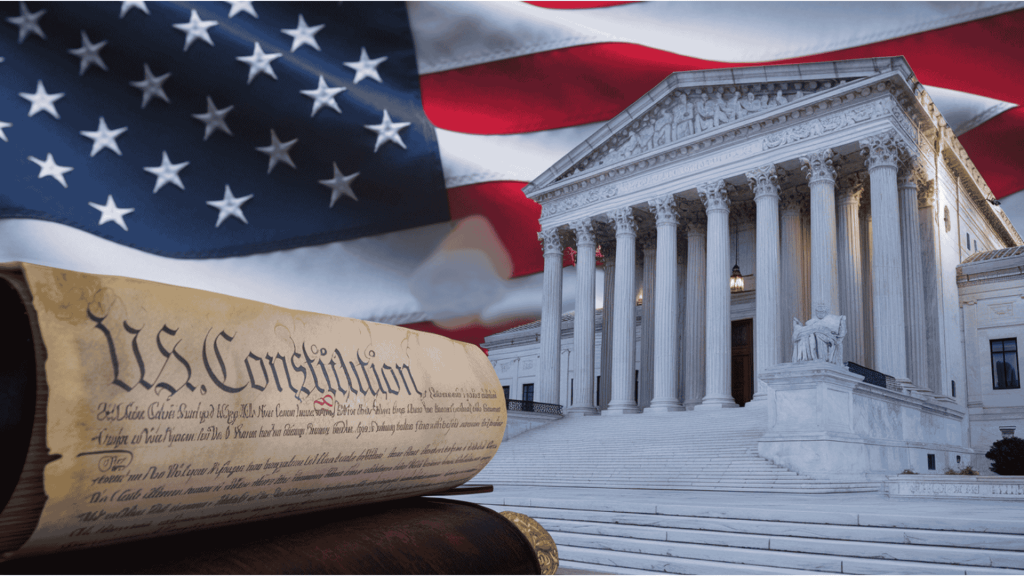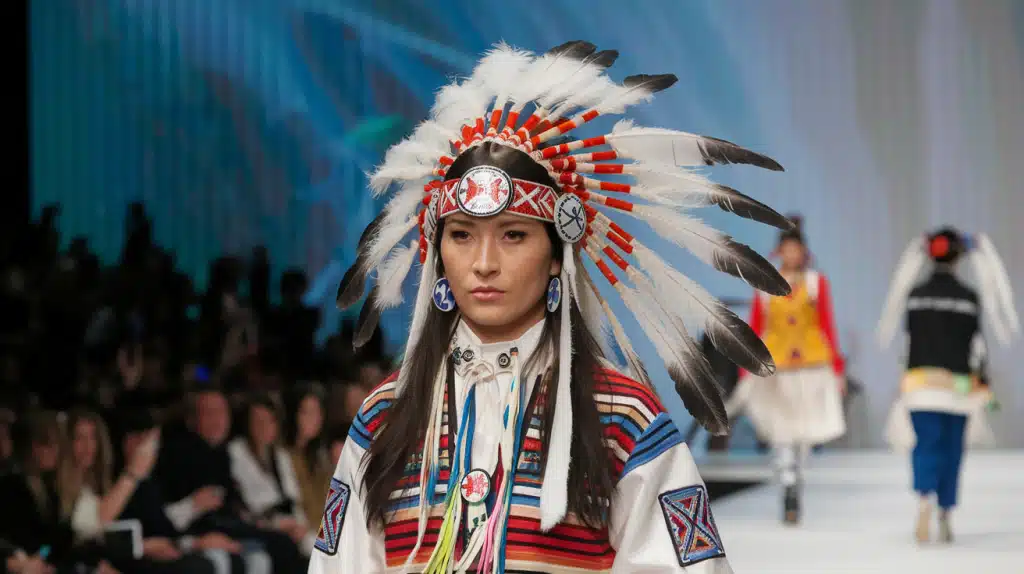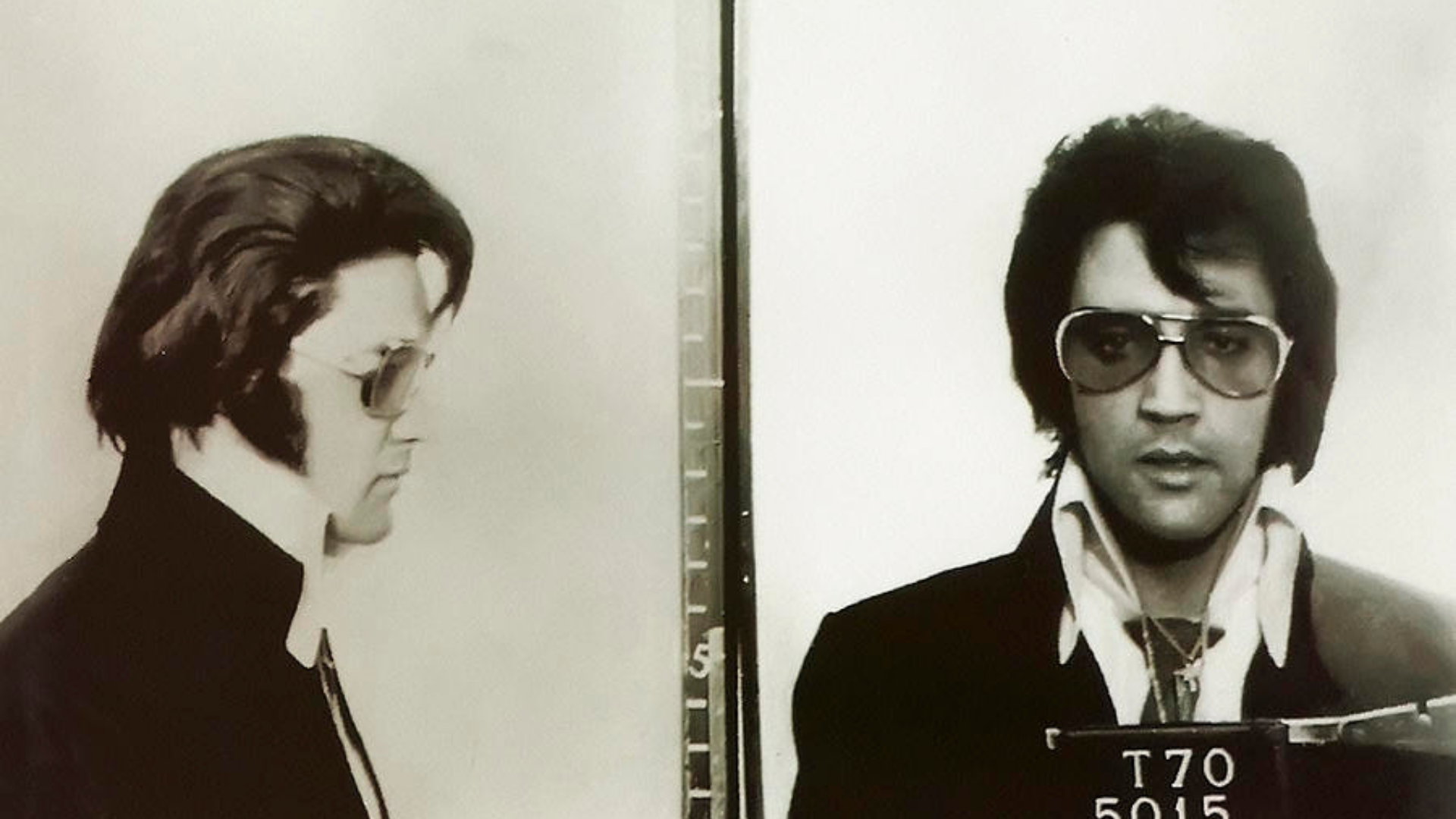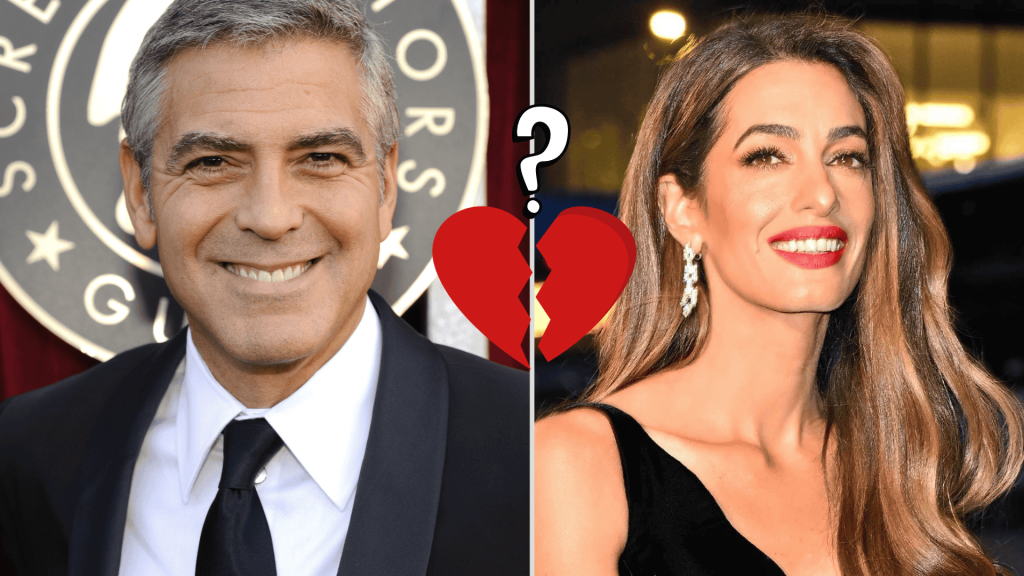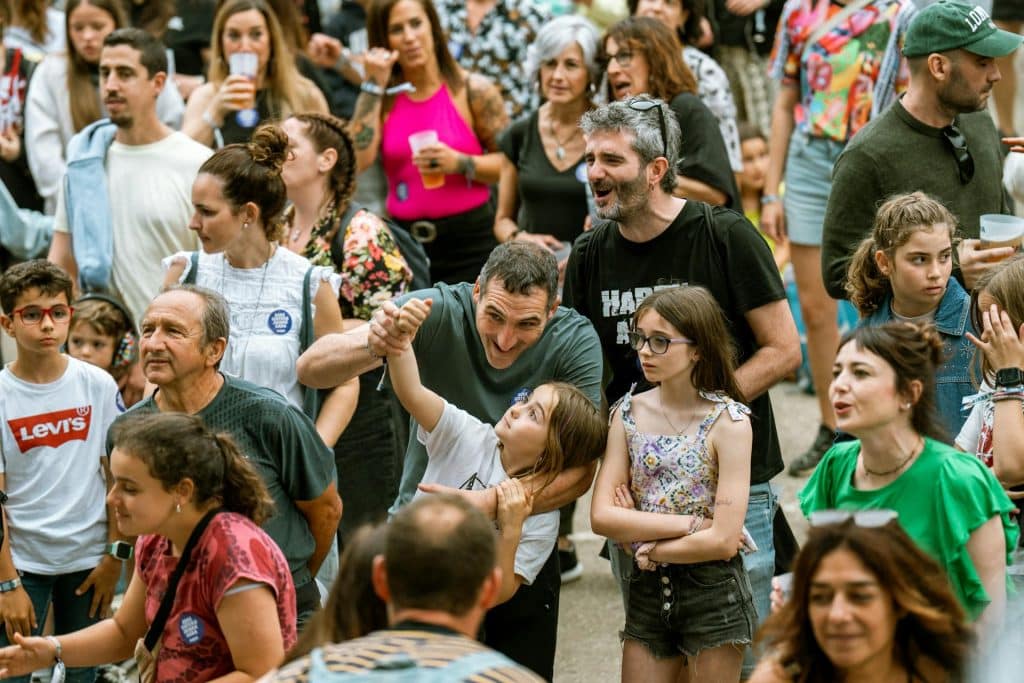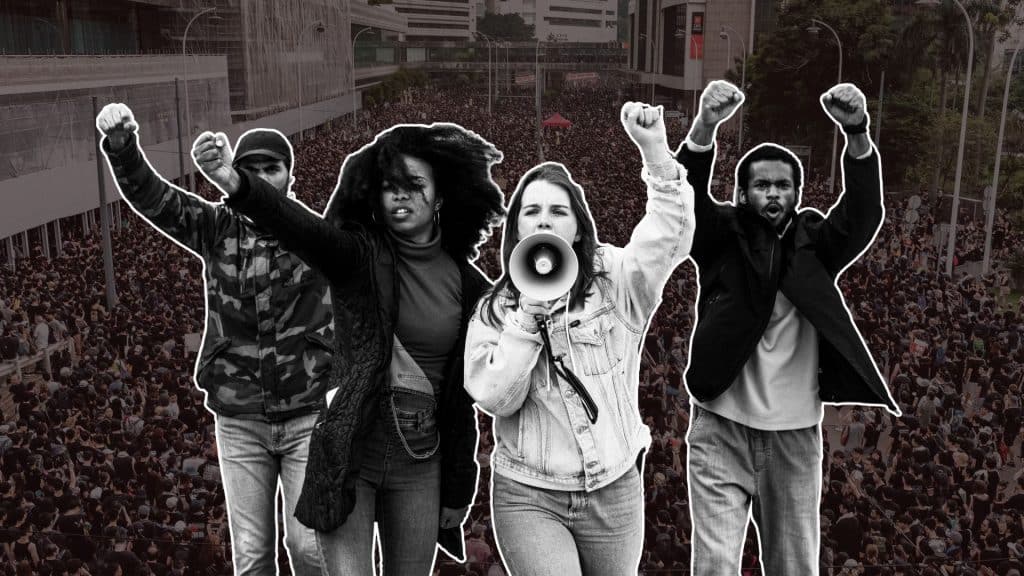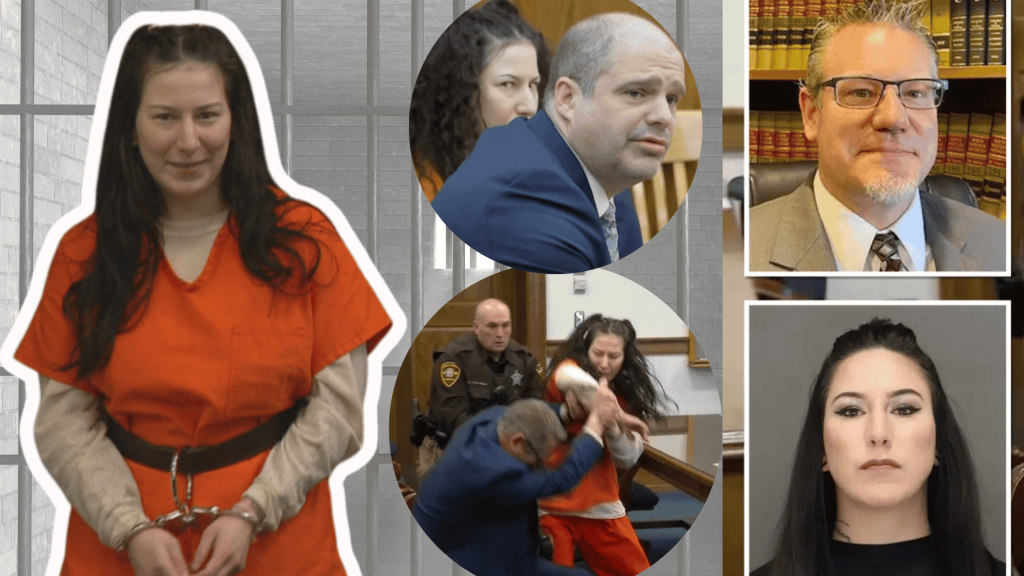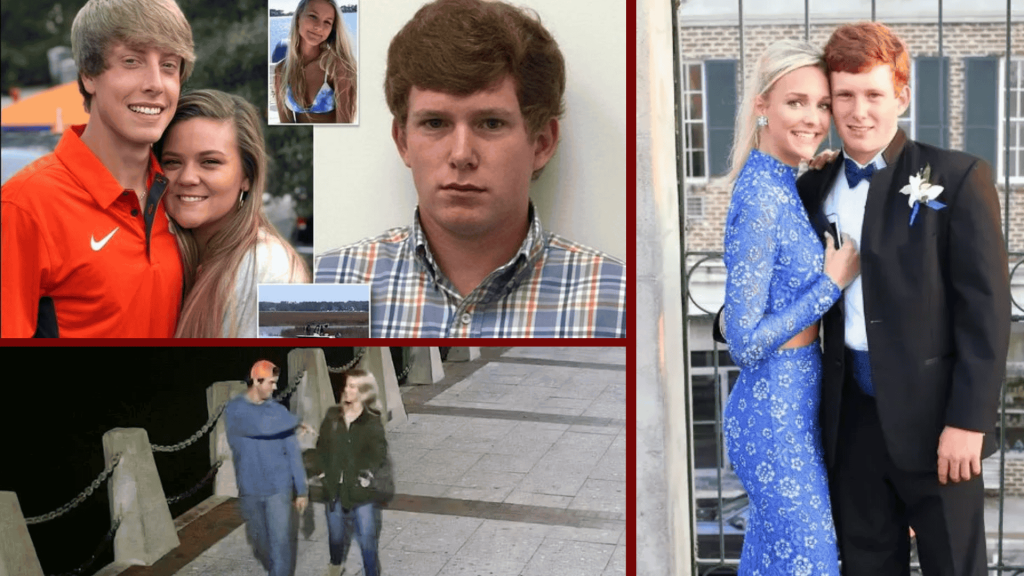Elvis Presley’s 1970 mugshot remains one of the most famous police photos in history. The image shocked fans worldwide who never expected to see their idol behind bars.
This single photograph captured the King of Rock and Roll at his lowest point. It showed that even America’s biggest superstar wasn’t above the law. The story behind this arrest reveals a side of Elvis that few people knew existed.
Elvis Aaron Presley became the world’s most famous entertainer in the 1950s. He changed music forever by mixing country, blues, and gospel into rock and roll.
- Born in Mississippi in 1935, Elvis grew up poor but dreamed of musical stardom.
- His first hit, “That’s All Right,” in 1954, launched the rock and roll revolution.
- He starred in 31 Hollywood movies and sold over 500 million records worldwide.
- By 1970, Elvis was performing sold-out shows in Las Vegas to massive crowds.
- His Graceland mansion in Memphis made him a permanent fixture in the city.
The King’s every move made headlines around the world. When news broke of his arrest, it shocked millions of fans who never expected their hero to face legal trouble.
Events Leading to the Arrest of Elvis Presley
Elvis Presley was arrested on December 30, 1970, in Memphis, Tennessee. The arrest happened after a traffic stop on Elvis Presley Boulevard.
The Traffic Stop That Changed Everything:
Officer Gerald Nixon pulled over Elvis’s 1970 Mercedes-Benz around 2:00 AM. The King was driving erratically and speeding through his own neighborhood.
Nixon didn’t recognize the famous singer at first. Elvis wore dark sunglasses and casual clothes. He looked nothing like the flashy performer fans knew.
What Elvis Was Doing That Night:
Elvis had been visiting friends earlier that evening. He left Graceland around midnight to drive around Memphis. This was normal behavior for the restless star.
The singer often drove late at night when he couldn’t sleep. Memphis streets gave him peace away from crowds and cameras.
The Moment of Recognition:
When Officer Nixon asked for identification, Elvis handed over his driver’s license. The officer’s expression changed immediately.
“Are you really Elvis Presley?” Nixon asked in disbelief.
Elvis nodded and tried to charm his way out of trouble. But Nixon followed protocol despite the celebrity status.
Why This Night Was Different:
Elvis had been stopped before for minor traffic violations. Usually, officers let him go with warnings. This time was different.
Officer Nixon was new to the force. He wanted to prove himself by treating everyone equally. Celebrity status wouldn’t save Elvis this time.
The Elvis Presley Mugshot (Historical Context)
This section examines Elvis’s famous 1970 mugshot, covering what the photo shows, how police photography worked then, and why this image became such an important cultural artifact.
- Elvis’s facial expression told the whole story of his shock and embarrassment. He looked tired and defeated in the police photograph. His usual confident smile was nowhere to be seen.
- His appearance was far from his polished stage look during the arrest. Elvis wore a simple dark jacket and a white shirt during the arrest. His famous black hair was slightly disheveled from the late-night traffic stop.
- Police photography in 1970 followed strict standards for all suspects. The Memphis Police Department used standard booking procedures for every suspect. This meant front-facing photos with proper lighting and identification boards.
- Camera technology was basic but effective in that era. Police departments used simple 35mm cameras with powerful flash units. The goal was documentation, not artistic photography.
- The mugshot’s public release created immediate controversy. Police records were supposed to remain confidential until court proceedings. Someone leaked Elvis’s booking photo to local newspapers within days.
- Collectors and fans turned the image into a cultural phenomenon. The mugshot became one of the most recognizable police photos in history. People bought copies as memorabilia and conversation pieces.
This single photograph transformed from a routine police booking shot into one of music history’s most famous images, showing the King of Rock and Roll at his most human moment.
Where to Find the Authentic Elvis Presley Mugshot?
Finding the real Elvis Presley mugshot requires knowing where to look and how to spot fakes. The original lives in the Memphis Police Department archives and Shelby County records.
Music museums like Graceland and the Rock and Roll Hall of Fame display authentic copies in special exhibits.
Many online sellers offer fake versions with digital alterations or enhanced contrast. Real mugshots from December 30, 1970, show specific booking details and lighting patterns.
Legitimate memorabilia dealers and major auction houses like Heritage Auctions occasionally sell originals with certificates of authenticity. Always verify sources and ask for provenance documentation before purchasing.
The authentic Elvis Presley mugshot remains one of the most sought-after pieces of music memorabilia, making it essential to verify sources and authenticity before making any purchase.
Legal Process and Legacy of Elvis Presley’s Mugshot
Elvis’s 1970 arrest followed standard police procedures of that era, but the case’s aftermath created lasting legal and cultural precedents.
The mugshot’s journey from police evidence to public icon reveals how celebrity arrests impact both legal systems and society.
Step-by-Step Booking Procedure in 1970
- Police fingerprinted Elvis using standard ink-and-paper methods
- Officers documented personal information, charges, and physical description in booking logs
- Photography included front-facing and profile shots against plain backgrounds
Bail Arrangements and Court Proceedings
- Elvis posted bail within hours through his legal team
- Court hearings were scheduled, but media attention complicated normal procedures
- The case was eventually resolved through plea negotiations and community service
U.S. Laws on Public Access to Mugshots
- Federal laws don’t govern mugshot access – each state sets its own rules
- Tennessee allowed public access to booking photos after court cases concluded
- Some states now restrict mugshot releases to protect privacy rights
Legal and Cultural Impact on Media and History
- The leaked photo raised questions about police confidentiality and media ethics
- Museums now preserve celebrity mugshots as historical documentation
- Modern laws balance public access rights with individual privacy concerns
Elvis’s mugshot case helped establish precedents for how courts, media, and the public handle celebrity arrests, influencing legal procedures and cultural attitudes that continue today.
Conclusion
Elvis Presley’s 1970 mugshot changed from police evidence into cultural history. It proved that even the King of Rock and Roll faced real consequences for his actions.
This image holds lasting importance because it humanized America’s biggest star. Fans saw their idol as vulnerable and flawed. The photo also established legal precedents about celebrity arrests and public record access.
Today, collectors pay thousands for authentic copies. Museums display it as historical documentation. The mugshot reminds us that fame doesn’t protect anyone from justice.
Have you ever seen Elvis’s famous arrest photo? Share your thoughts about celebrity mugshots in the comments below.


